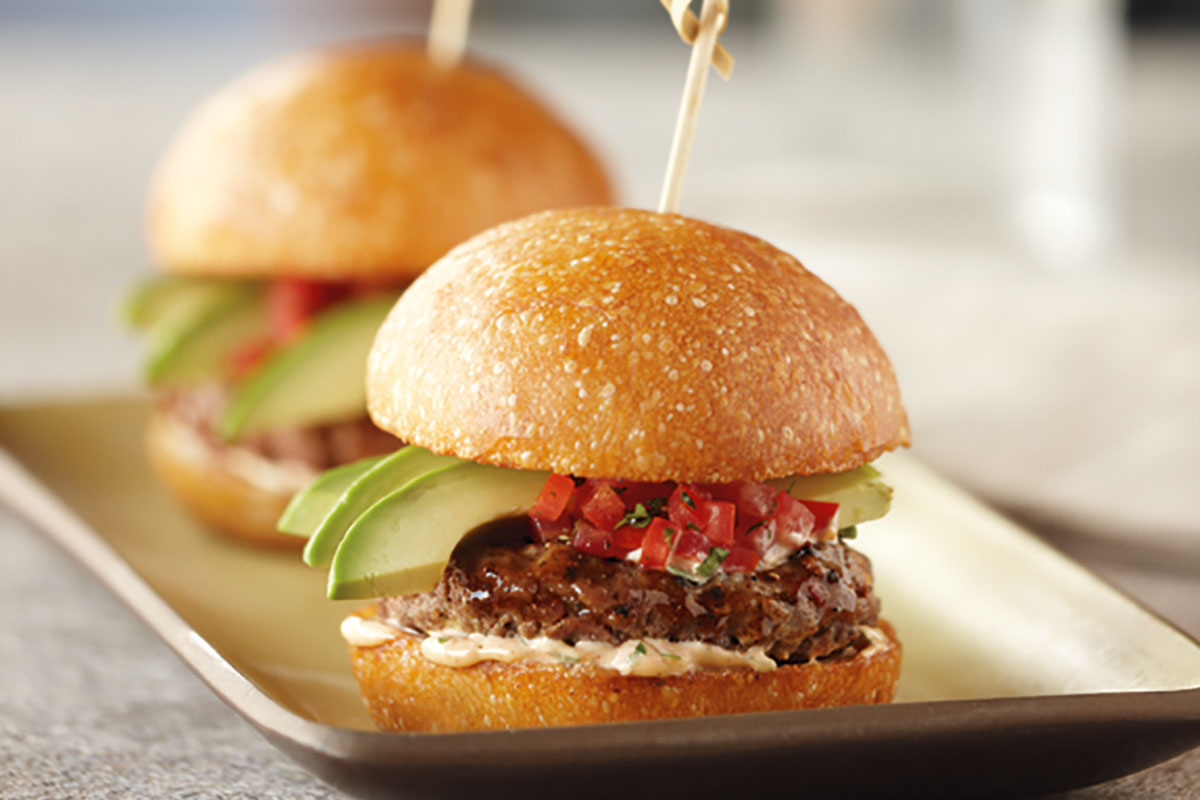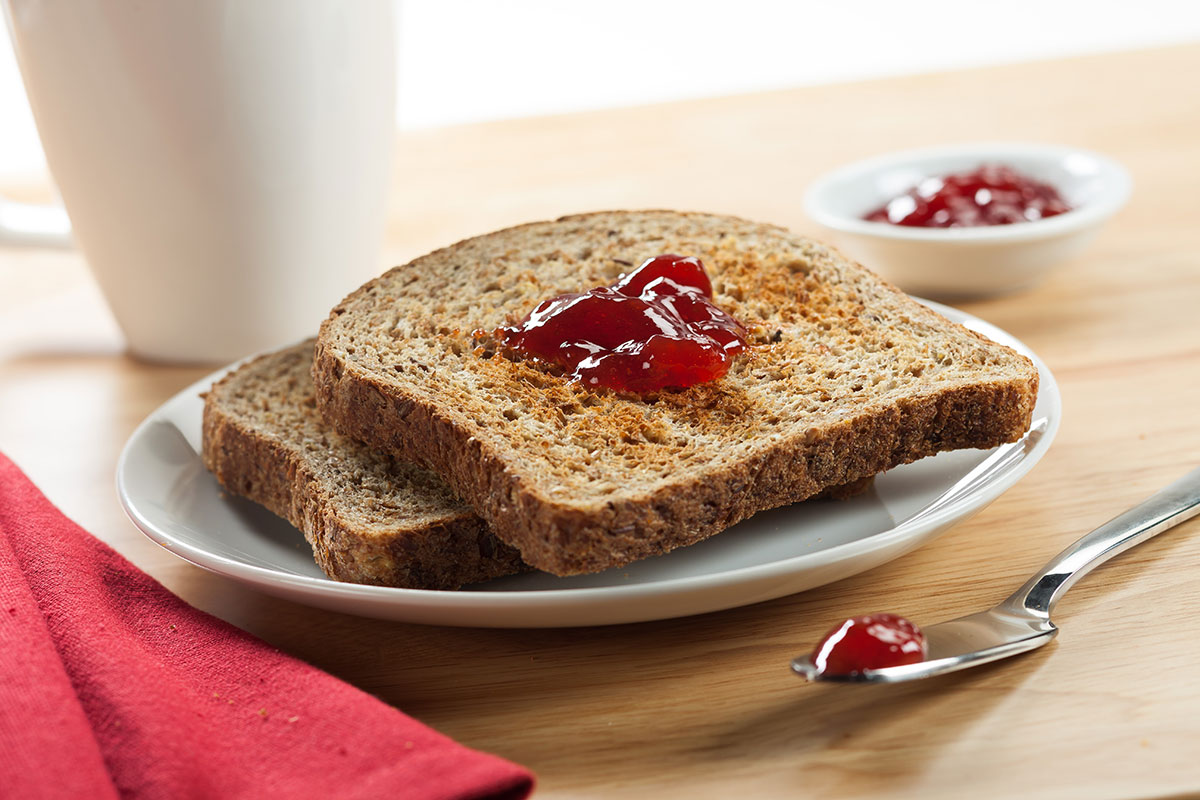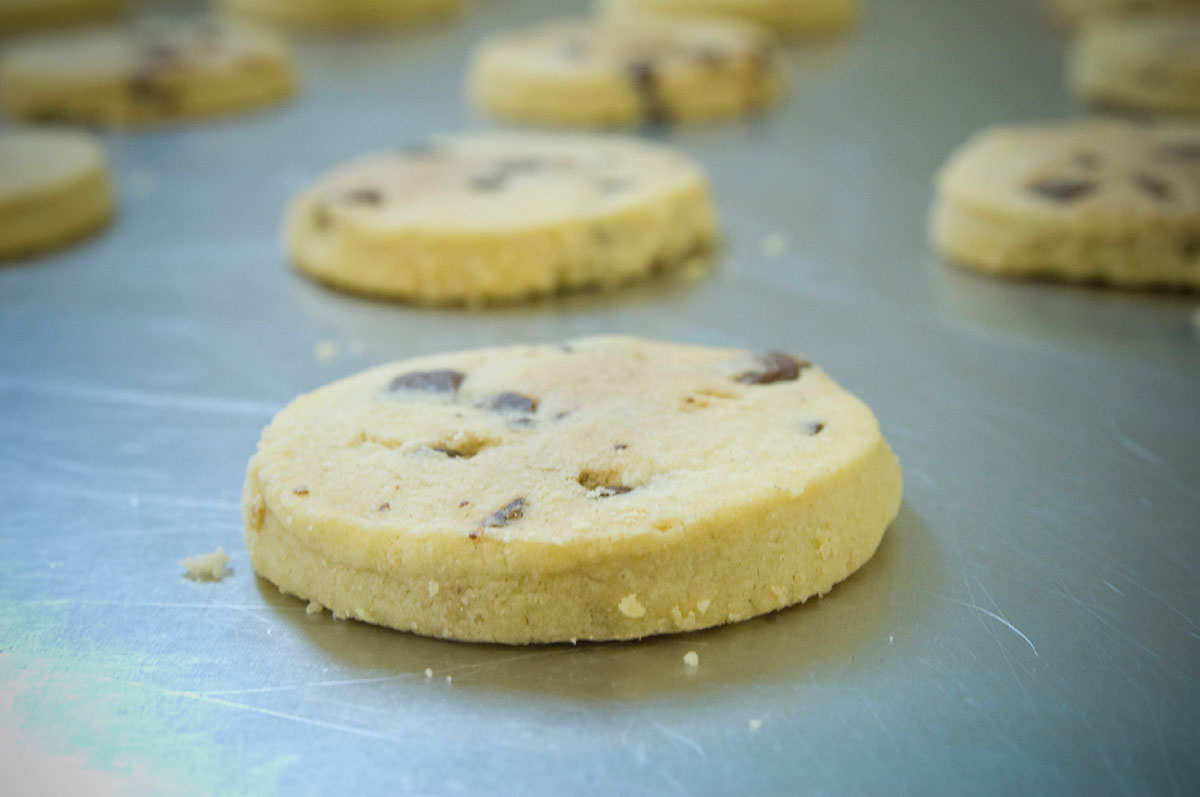Reducing calories in baked foods is a lot like balancing an equation. An ingredient must be subtracted from the formulations — usually a carbohydrate or fat — to bring down the count. Those ingredients aren’t just empty calories; they served a purpose in the formulation. Something must be added to mimic that functionality without ramping up the caloric content.
“You aren’t replacing the sugar or fat with zero calories,” said Tim Christensen, certified master baker, Cargill. “You’re still putting some calories back in, and bakery products, unlike beverages, need to have the bulking agent replaced when you take the sugar out. If you take the sugar and the fat out, pretty soon you’ll have bread again instead of a cookie.”
Regulatory trends around the world have calorie reduction on the docket for formulators.
“U.K., Brazil and other Latin American countries have laws either enacted or going to be enacted that have caloric limits for bakery sweet goods,” said Bill Gilbert, certified master baker, Cargill.
While U.S. regulatory bodies may be behind that trend, the Food and Drug Administration is revamping the Nutrition Facts Label to call more attention to calories and sugar. And there is still a segment of Americans interested in counting calories and indulging responsibly.
Several strategies can help bakers reach a solution that meets consumer needs. The trick is finding an ingredient that works best for a specific formulation.

Balancing the equation
Fibers and starches carry fewer calories than the flour, fat or sugars while also being able to mimic some of the functionality these ingredients bring to a formulation. This makes fibers and starches ideal candidates for calorie reduction in baked food applications. Compared with flour and sugar’s four calories per gram and fat’s nine calories per gram, fibers’ and starches’ range from just under one calorie per gram to just more than two calories, which provides some favorable calorie reduction math.
Not only does the math check out, but these fibers and starches also can perform much of the same functions as flour, fat and sugar.
“Fat is very functional,” said Andrew Estal, technical director, Beneo. “It provides mouthfeel, taste, shelf life and many other functions, so you have to be able to replace the fat with something that will act like the fat in a bakery product.”
Beneo’s Orafti line of long-chain inulins — Orafit HP and HPX — provide a fat mimetic effect and the texture consumers expect from bakery products, but only at two calories per gram.
“It’s just the fiber and water to replace the fat,” Mr. Estal explained.
MGP Ingredients, Inc.’s FiberRite RW is an insoluble fiber source with fat replacement properties. As an insoluble fiber it contributes no calories to the final count, and its fat-like properties allow it to partially or totally replace fat.
“In its hydrated form, it absorbs twice its weight in water and assumes a smooth, fat-like texture,” explained Ody Maningat, Ph.D., vice-president of ingredients, R.&D. and chief science officer at MGP Ingredients.
Inulin, or chicory root fiber, not only can be a fat mimetic but also a sugar mimetic. It can provide sweetness and bulk in the formulation that may be missing when some of the sugar is removed.
With 90% dietary fiber and only 1.6 calories per gram, ADM/Matsutani’s Fibersol mimics the functions of sugar, honey and corn syrup in bakery applications while also delivering a low calorie count. It’s also adaptable and easy to work with in applications.
“Fibersol is highly soluble and sugar-like in functionality, low in viscosity, bland in flavor, and stable in a variety of conditions,” said Doris Dougherty, Fibersol technical service representative, ADM. It may be used to replace mouthfeel and viscosity in reduced sugar or reduced fat situations.
 When replacing flour, resistant starches and fibers can reduce calories and impart the functionality that may be lost when removing flour from a bread formulation. Ingredion’s HI-MAIZE resistant starch, NUTRAFLORA prebiotic fiber and VERSAFIBE can all be used to partially replace wheat flour in a bakery product.
When replacing flour, resistant starches and fibers can reduce calories and impart the functionality that may be lost when removing flour from a bread formulation. Ingredion’s HI-MAIZE resistant starch, NUTRAFLORA prebiotic fiber and VERSAFIBE can all be used to partially replace wheat flour in a bakery product.
“You would be able to effectively reduce the calories without sacrificing the taste, texture or shelf life of the finished product in 1:1 usage levels of up to 30% in most applications,” said Ricardo Rodriguez, marketing manager, confectionery and bakery, Ingredion Inc.
Adding fiber in lieu of fat, sugar or flour comes with the obvious benefit of adding fiber — a baked food with more fiber gets the nutritional impact of the fiber. There’s even the potential for “excellent source of fiber” claims or 25% reduced calories claim.
“Certainly there are nutritional and health benefits when fiber is added to any application,” said Angela Ichwan, senior director, technical lead for The Annex by Ardent Mills. “This is important because Americans on average don’t consume the recommended daily amount of fiber. In addition, when using whole grains to add insoluble fiber you get the benefits of whole grain messaging and consumer-friendly ingredients on the label.”
Anything the fiber brings to the table, the baker gets to proclaim as a part of the finished product. For example, Beneo’s Orafti fibers are non-G.M.O., clean label and natural. It’s also a prebiotic fiber. All of those things are imparted to the finished baked food whether Orafti fibers are used for fat or sugar reduction or fiber fortification.
There also may be benefits within the packaging call-outs.
“The obvious dual benefits of using an RS4 resistant wheat starch to reduce fat in a bakery formula are fiber fortification to meet a ‘good source of fiber’ or ‘excellent source of fiber’ claim and calorie reduction,” Dr. Maningat said.
The company’s FiberRite starch has been able to reach double-digit calorie reduction and “good source of fiber” claims in several bakery applications including a 25% fat reduction and a “good source of fiber” claim on brownies.
And in some instances, bakers might even see a cost savings. If replacing animal-based fats with plant-based ingredients, Kate Leahy, spokesperson for Sunsweet Ingredients, said bakers can stabilize their costs. Not only can they avoid rising butter prices, but if using prune puree to replace butter, formulators also only need half as much to replace the butter.

Approaching the limits
Each application’s equation comes with its own limiting factors that bakers need to understand to maintain their finished product quality. Fat, sugar and flour all contribute to mouthfeel, taste and structure, so replacing them with anything else can compromise all those points if taken beyond the limits.
“You have to choose the right fiber, and if you choose the wrong one you can have slightly different textural effects,” said Rajen Mehta, Ph.D., senior director, specialty ingredients, Grain Millers.
A major challenge in replacing fat with fiber is that it drastically alters the texture, specifically making a moist product dry and crumbly.
“You never want to compromise flavor and texture, turning something that’s supposed to be moist into a drier product,” Ms. Leahy said.
She suggested testing the waters of reformulation by reducing fat by half and adding ingredients such as prune purees or concentrates that can add moisture to offset any dryness.
“In some cases, all the fat can be removed, and in other cases, a combination works best for flavor and texture while still allowing for overall calorie reduction,” she said.
The absorption properties of fiber play a major role in losing some of these desired textures or functionality.
“If you start using a high-absorbent fiber in cookies, they are going to get stiff and not spread,” Mr. Christensen explained. “Generally, in cookies you’ll want soluble type fibers that don’t take on a lot of water. In cake, you want to balance the two because the cellulosic fiber helps make the grain finer, and the inulin gives you the fat mimetic. So, it’s always a balancing act of which fibers and how much to use.”

When using RS4 resistant wheat starch, formulators will have to adjust for its water absorption properties. RS4 resistant wheat starch absorbs two grams of water per gram compared to wheat flour’s 0.6 grams of water per gram of flour, said Dr. Maningat. This is addressed by simply adding more water to the formulation.
Fat mimetic qualities can be critical to ensure a dough is processed correctly on a production line.
“Depending on the baked good, fats may also play a critical role in production behavior, such as creaming functionality in cake applications,” said MacKenzie Sizemore, senior technologist, bakery and snack team, global applications, Ingredion.
If bakers understand the type of fat they’re formulating with and all its functionality in the product and process, they can more successfully replace it with an appropriate fiber or starch.
Another issue that cannot be ignored when working with fiber is how much will be consumed in one sitting.
“You can get pretty close to 50% sugar reduction with chicory root fiber, but you get so much fiber in there that people can only eat one or two cookies before they start having digestive issues,” Mr. Christensen said.
And it’s not only a matter of making sure the Reference Amounts Customarily Consumed (RACC) serving listed on the Nutrition Facts Label is within the limits of how much fiber a person should consume in one sitting. It’s also about considering how much someone actually eat.
“We look at what’s reality,” Mr. Estal said. “If the RACC serving size for cookies is 55 grams, we look at how many cookies do people really eat. If people are going to potentially eat three or four and it’s going to deliver too much fiber, then we have to advise to back down on how much fiber we’re using.”
Balancing a fiber with other avenues of calorie reduction can help bakers avoid this digestive pitfall.
In pastries and other laminated doughs, traditional whole grains’ insoluble fibers can negatively impact dough sheetability, a critical aspect of this particular type of production. Whole grains can also negatively affect color, taste and bread volume, said Ms. Ichwan. Ardent Mills has addressed these issues with its various flours.
Ultragrain white whole wheat flour’s ultrafine particle size and light color increases fiber but maintains dough performance for pastry applications. The ultrafine granulation of Ultragrain and Sustagrain high-fiber barley also helps bakers increase fiber in bread while avoiding those quality challenges.
As bakers address calorie reduction, it’s important for them to consider their goals and any packaging claims they want to make. Having a good grasp on their formulation and ingredient functionality will help them find the right balance to reduce calories without losing product quality. And, finally, understanding the limits of a formulation and calorie reduction ingredients will help formulators work within the system to deliver reduced-calorie baked foods that consumers will enjoy.




